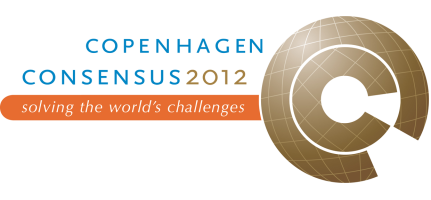Third Copenhagen Consensus: Technology-led Mitigation Assessment, Galiana Green
Assessment Paper
The Assessment Paper on Technology-led Mitigation by Isabel Galiana and Christopher Green is an update of one of the key research papers from the Copenhagen Consensus on Climate in 2009 (Fix The Climate), and was released by the Copenhagen Consensus Center for the third Copenhagen Consensus. The working paper used by the Expert Panel is available for download here, the finalized paper has been published in Global Problems, Smart Solutions - Costs and Benefits by Cambridge University Press.
Short summary
Galiana and Green propose a technology-led climate policy, centred on increased research and development, testing and demonstration (RDT&D) of scalable, reliable, and cost effective low carbon emitting energy technologies funded by a low but gradually rising carbon tax. They argue that the size of the energy technology challenge to “stabilizing climate” is huge, and there is a current lack of technological readiness and scalability in low-carbon energy sources. They show that adopting a “brute force” approach to reducing GHG emissions with carbon pricing in the absence of technological readiness could generate economic costs an order of magnitude or more, greater than widely published estimates of CO2 mitigation cost estimates.
The authors argue that while the importance of new technologies to slowing and eventually reducing global GHG emissions is more widely accepted, there have been no fundamental developments on the low carbon energy front in recent years. Moreover funding has gone mainly to subsidizing manufacture and deployment rather than to RDT&D. With continued increases in global emissions despite an enduring global economic crisis, the case for a technology-led climate policy is stronger than ever.
Galiana and Green conclude that increased funding for low-carbon research and development would have benefits ranging from 3 to 11 times higher than cost, depending on rate of success and time horizon.

